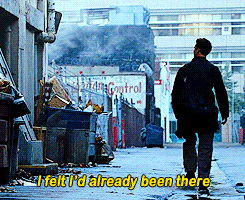As said above, once your GPS has laid down a track, it doesn't matter if some of it is on land or otherwise innacurate, it is very repeatable.
It is also easy to get used to the chart being off, by some distance, but mostly the same distance in the same direction. This is due to the datum being off, so a new track can be laid down, trusting the items on the chart to be correctly placed in relation to the inaccurate datum.
The most extreme example of this that I have experienced was while cruising in Turkey, on charts done by Beaufort about 200 years ago All the harbours were correctly drawn, but related to a datum that was off by as much as a nautical mile. This made things exciting for the navigator, below where he had no windows, while I, at the wheel, could see where I was and what else was around us. My view was a bit better for keeping us in the water, while taking a narrow passage out of harbour.



